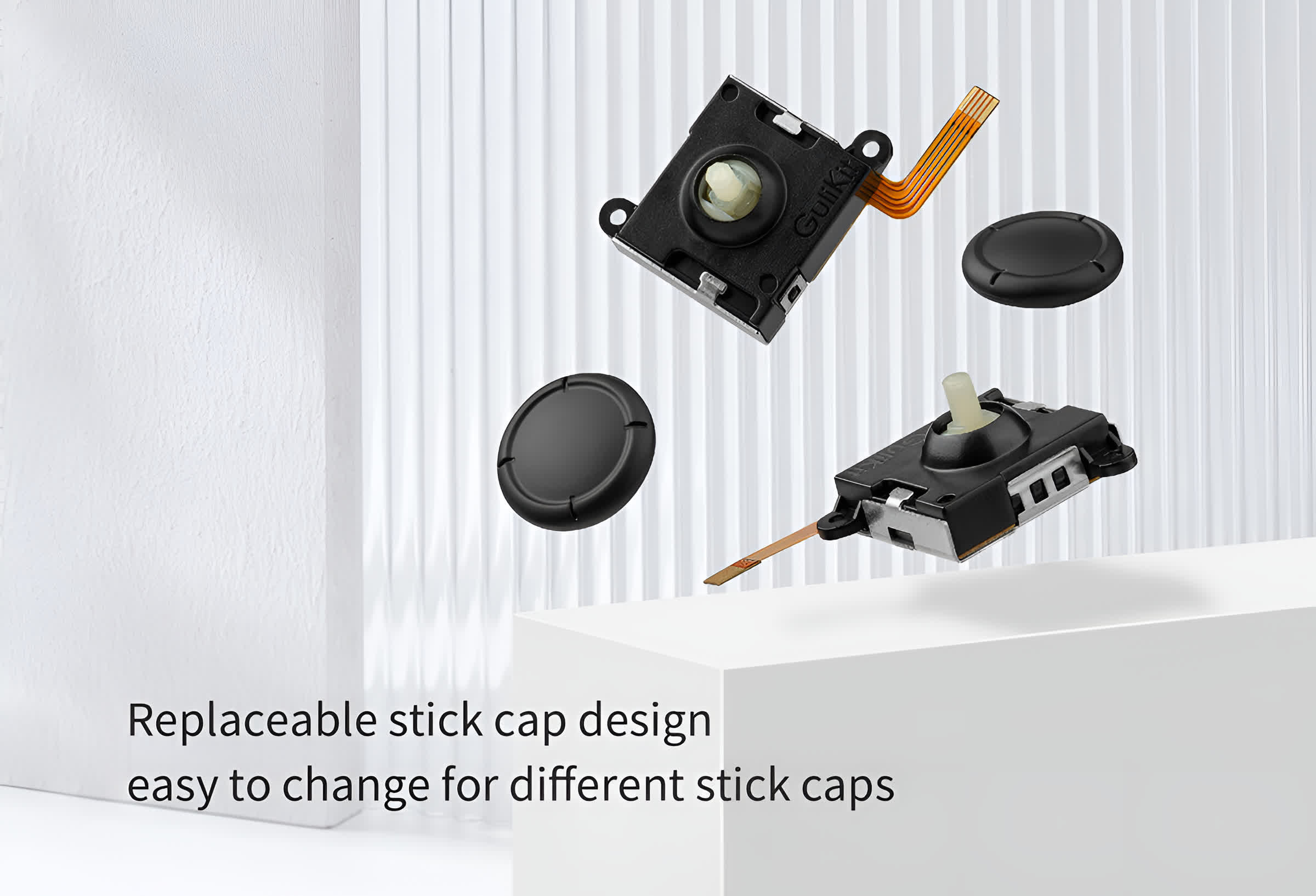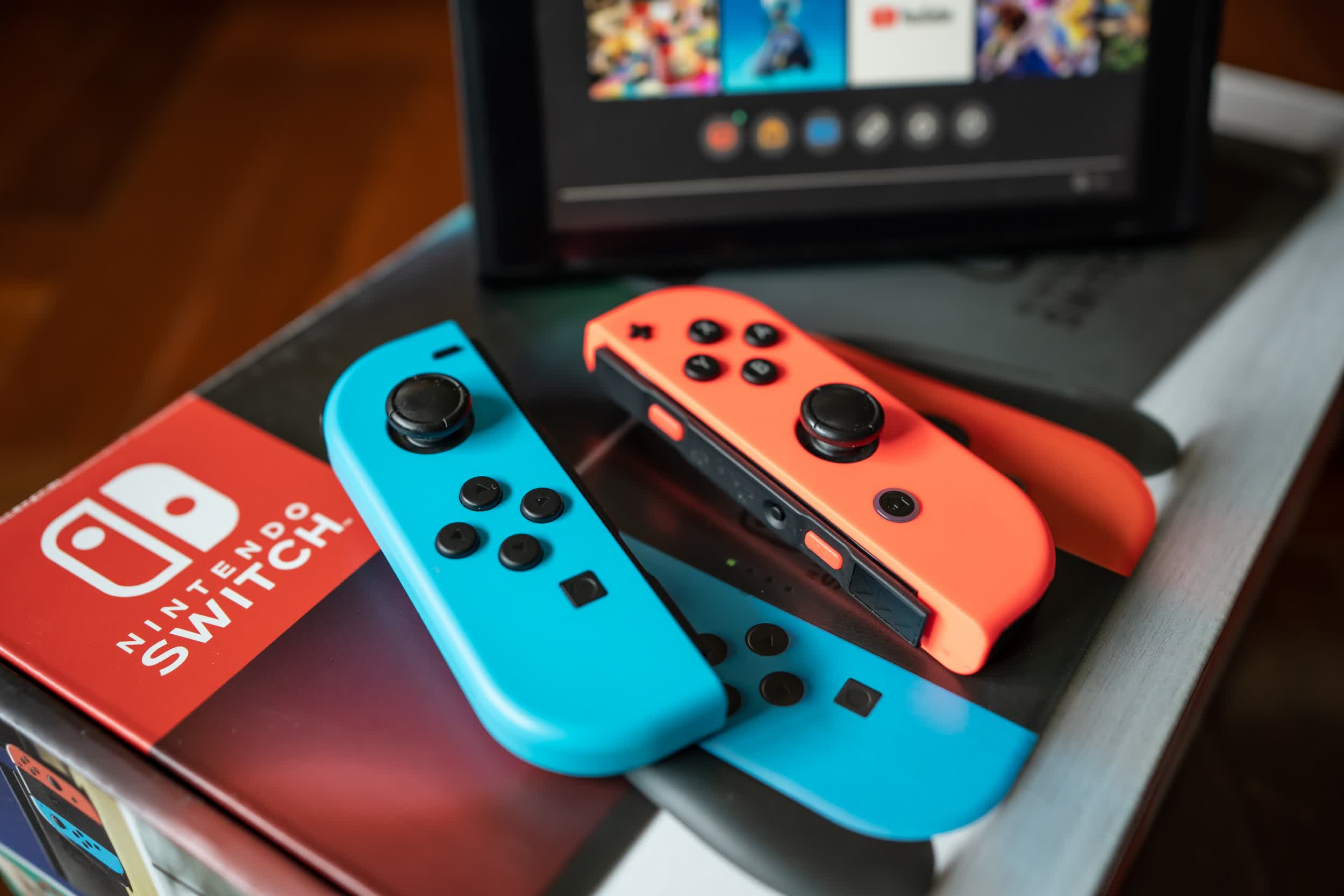The big picture: Analog sticks using Hall effect sensors are nothing new but companies like Nintendo, Microsoft, Sony, and Valve have yet to incorporate them into their gaming controllers. Stick drift is still a major issue affecting modern controllers as they age, and the only readily available solution comes from a small Chinese company that makes Hall joysticks.
For Nintendo Switch owners, there are few problems bigger than the dreaded Joy-Con drift, also known as "phantom input." The Japanese gaming giant has sold more than 114 million Switch handhelds over the past six years and is fighting several class action lawsuits over a problem that's plaguing pretty much all modern gaming controllers.
Despite the resounding success of the Switch gamble, Nintendo only made a minor revision to the device in the form of the Switch OLED and a more portable version called the Switch Lite. The company insists that it made many "invisible" improvements to the Joy-Con that should make them more durable, but the issue is still lingering after all these years.
As spotted by Gizmodo, a company called GuliKit wanted to solve the problem of Joy-Con stick drift using an old idea --- sticks that use Hall effect sensors. Standard analog joysticks use potentiometers to translate your input into measurable changes in electrical resistance, but that involves friction between certain components and is susceptible to debris buildup inside the mechanism.
By comparison, Hall effect joysticks use magnets and an array of sensors to translate input into small changes in the voltage across a conductor. There's no friction involved between those parts, which makes the overall mechanism less prone to wear and tear over time.

GuliKit's upgrade kit for Joy-Cons includes a set of Hall sticks as well as the tools you need to perform the replacement --- a plastic pry tool, tweezers, two screwdrivers, and 18 replacement screws. It looks like a set of two sticks can be had for around $30 on Amazon, and the company also makes a similar kit for Steam Deck owners experiencing drift issues on their regular sticks. The same technology is available as a full-blown gaming controller called the GuliKit KingKong 2 Pro.
If you're looking for guidance, iFixit has an excellent video on how to replace Joy-Con sticks here. It's also worth noting that since this is a DIY procedure, you'll likely void the warranty on your Nintendo device.
If you're wondering why electromagnetic sticks aren't more common, Sega did explore the idea in the 90s with its Saturn 3D and Dreamcast consoles. One potential reason is the slightly lower cost of making analog sticks with potentiometers. Companies like Microsoft, Sony, Nintendo, and Valve may also have difficulties securing enough sensors and magnets to meet the growing demand for gaming controllers. Then there's the possibility of patent disputes, the source of many corporate headaches.
For now, it looks like our options are limited. You can either try to compensate for stick drift through software calibration, replace the aging parts with identical units, or buy some Hall sticks from relatively obscure companies like GuliKit and hope they live up to the promise of much better reliability.
